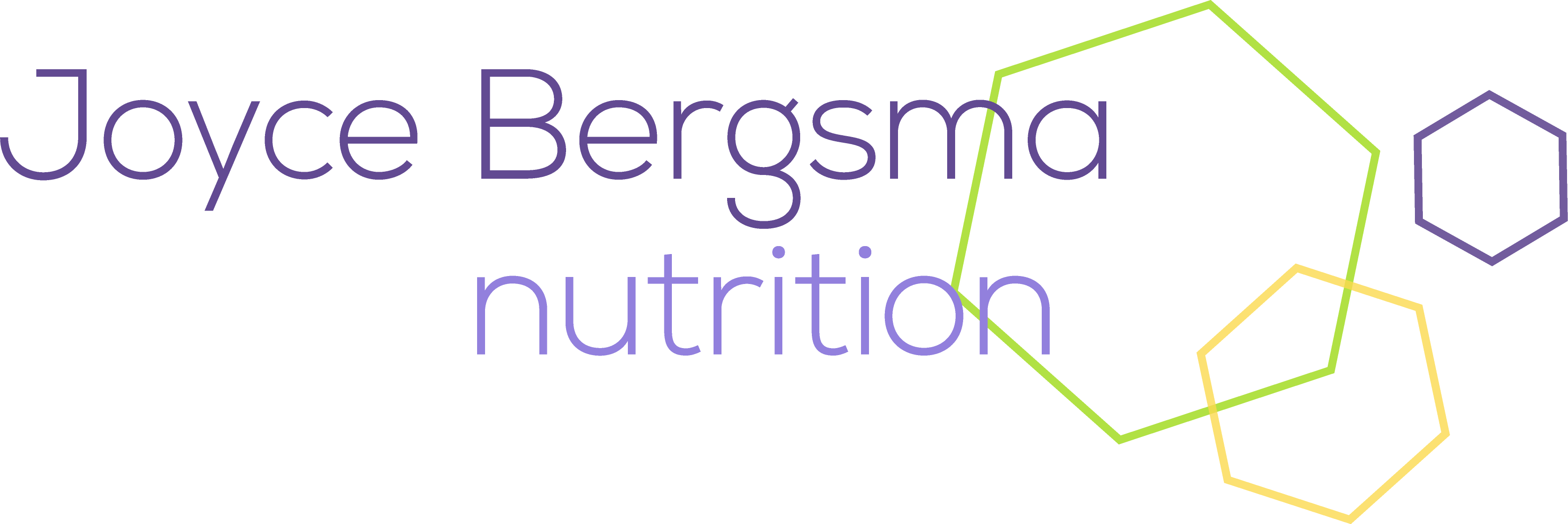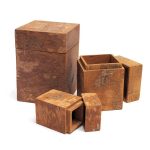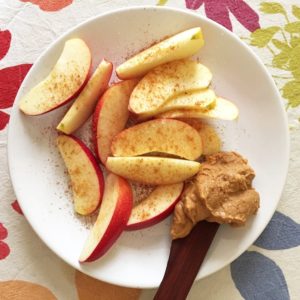
What is Cinnamon?
Cinnamon is the dried inner bark of a tree and is one of the oldest known spices in the world. Historically grown in Asia, Sri Lanka and southern India, it now can be found in Egypt, Brazil, the Carribean and Madagascar. Peeled away from the trunks of evergreen trees, this dark brown bark curls up into tubes when it dries. Cinnamon out of China is called ‘Cassia’ and is more commonly used in North America due to it’s lower price. The cinnamon that comes out of Sri Lanka is called ‘Ceylon’, is sweeter and more subtle in scent and flavour than the pungent ‘Cassia’.
Overall, there are more than 200 varieties of cinnamon, but Ceylon is considered by some to be the true cinnamon.
Under the Spotlight
Cinnamon contains three volatile oils that contain beneficial elements and these are present in Ceylon and Cassia varieties:
- Cinnamyl alcohol
- Cinnamaldehyde
- Cinnamyl acetate
Benefits to Your Health
Cinnamon has many historical uses, but research has confirmed with scientific studies in these areas:
- Digestive aid; it reduces gas, nausea and bloating and aids the breakdown of food, especially fats
- May benefit for use to inhibit the growth of H. pylori (helicobacter pylori) – the effect is likely improved when H.pylori-killing liquorice, ginger and oregano are also taken
- Inhibits the growth of Aspergillus and E. coli (Escherichia coli)
- Antibiotic, antifungal, anti-convulsant and has anti-ulcer properties
- High-dose cinnamon has also been shown to lower blood glucose, tridglycerides, LDL cholesterol and total cholesterol
- Cinnamon, as a supplement to insulin resistance therapy, has been found to improve how the body uses insulin produced by the pancreas (Khan et al, 1990)
- It also may help with glycaemic control (Mang et al, 2006) as demonstrated in studies with certain groups of diabetics
- Chinese medicine tends to combine nutrients and including it with other ingredients to increase its effect. Studies demonstrate that results have been seen with epilepsy, curing the flu, and frostbite
Start Now!
- Add a sprinkle of this spice to your coffee or hot chocolate, your pasta sauce, porridge or desserts
- Drizzle some flaxseed (linseed) on wholegrain toast and sprinkle with cinnamon and a little honey
- Added to meats may help prevent food poisoning due to E. coli so give it a try
- For a warming drink, simmer a stick of cinnamon with 1 cup of almond milk and honey until warm
- If you have a cold add a diced teaspoon of fresh ginger, juice of 1/4 of a lemon and 1/4 teaspoon of cinnamon to hot water and drink to kill the bacteria
Recipe Challenge
Join our Recipe Challenge and make a recipe from this and the other three Veggies of the Week in this month. We’ll be choosing a recipe randomly and turning it into a video. Find out more here!
Have a look at the previous Veggie of the Week and don’t forget to sign up to our newsletter to hear about other interesting facts as they are published.
*Note: if you have a history of kidney stones, you can still enjoy a sprinkling of cinnamon, but don’t take high amounts as cinnamon contains oxalates. This spice also contains coumarins, which in mouse studies causes kidney damage. Please note that this damage occurs during a detoxification process that is not normally present in humans.



